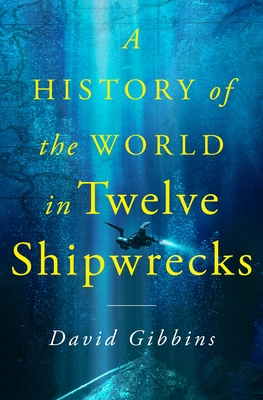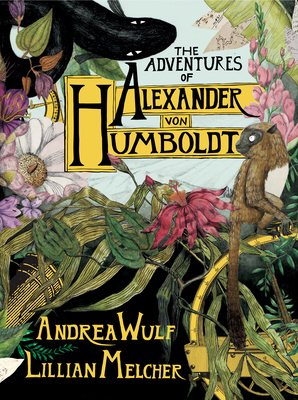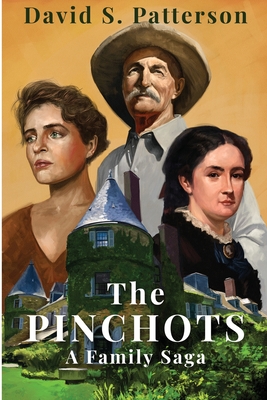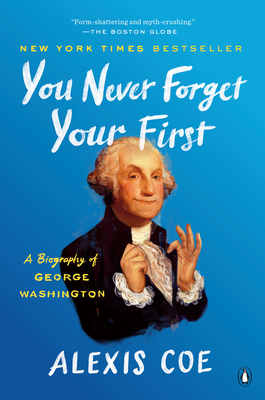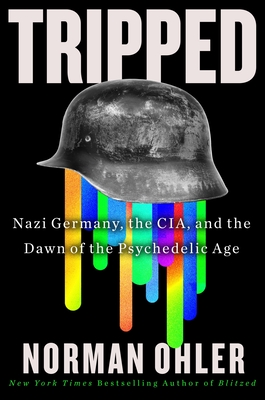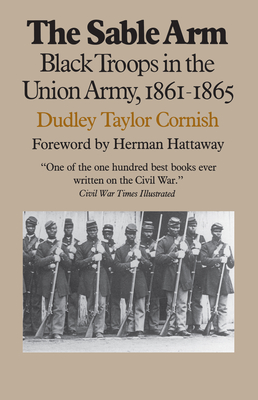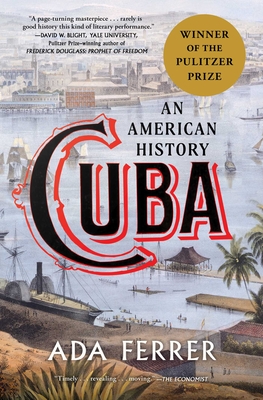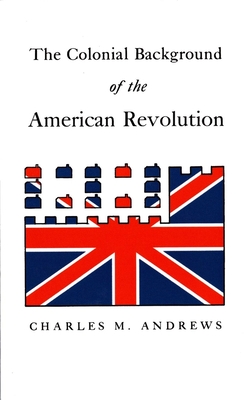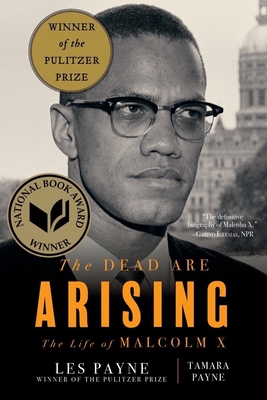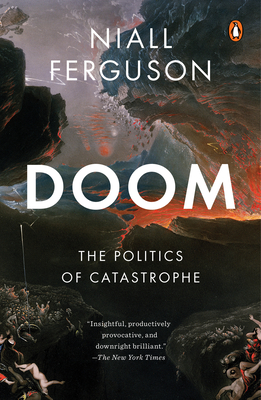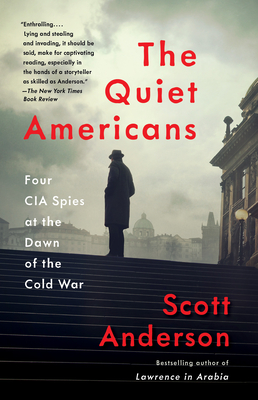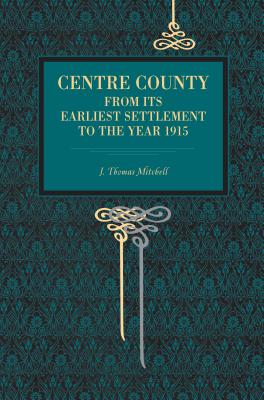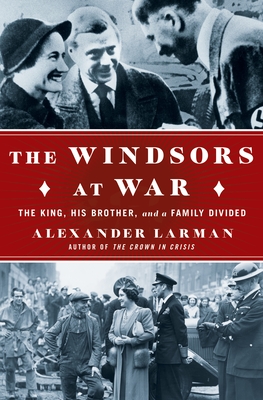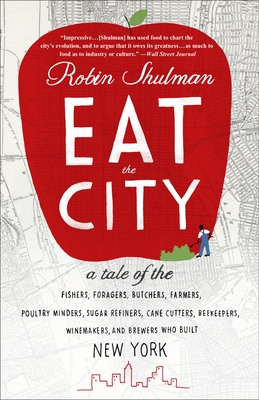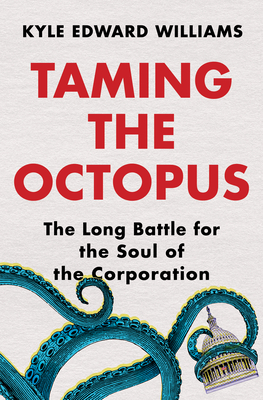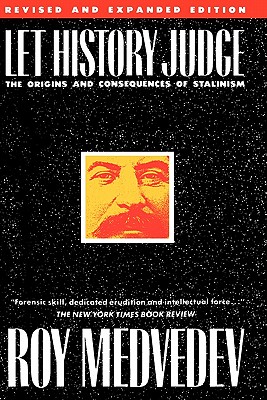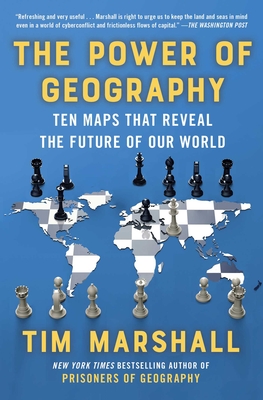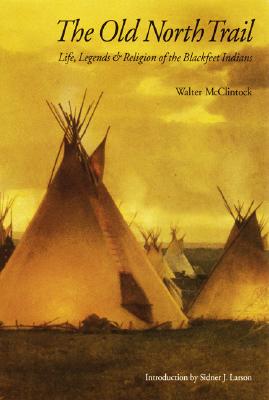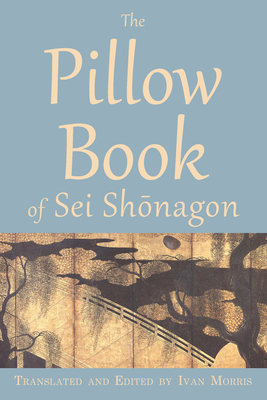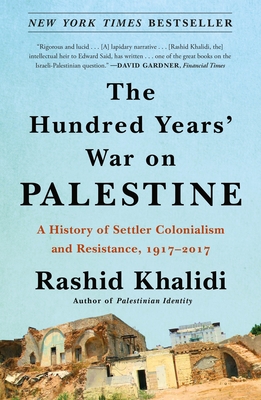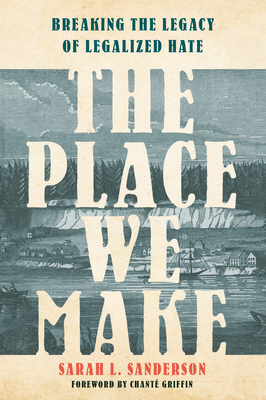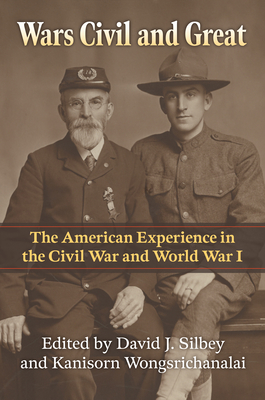
Wars Civil and Great: The American Experience in the Civil War and World War I (Modern War Studies)
Description
Although the Civil War and the Great War were fought only fifty years apart, the perceived time between these two cataclysmic events seems far longer in popular American memory: the Civil War was the centerpiece of the nineteenth century and lies deep in America's past whereas World War I was a modern prelude to World War II, a conflict still in living memory. Wars Civil and Great breaks down these barriers of time and memory and shows how close and how similar these two conflicts really were in the American experience. Setting both wars in the long nineteenth century, the authors of this volume reveal how the Civil War casts its long shadow over the events of World War I. President Wilson looked to Lincoln during the Great War for guidance on national leadership at wartime; General John J. Pershing remembered the Civil War of his childhood and sought to learn lessons from Grant and McClellan; and the doughboys on European battlefields held firm to the culture of honor and duty that had inspired their forefathers to take up arms.
In this volume, every author as an expert in their own field addresses four overarching questions: What legacy did the Civil War leave? Did the World War I generation interpret the lessons of the Civil War, and if so, how? How did the Great War change the lessons from the Civil War era? And finally, how did both wars contribute to the modernization of the United States?
Wars Civil and Great highlights the striking similarities between the two wars by analyzing how the Civil War affected the American reaction to and experience in the Great War while attending to enlisted men, military officers, and political leaders. Other chapters address the environmental effects of both wars, the wars' impacts on medicine and mental trauma, and the experiences of black American soldiers during both wars in fighting for a country that treated them so terribly.
This volume, while at first appearing as a disparate pairing of conflicts, deftly opens a new window into the past and establishes an illuminating paradigm in the two wars of the long nineteenth century.

